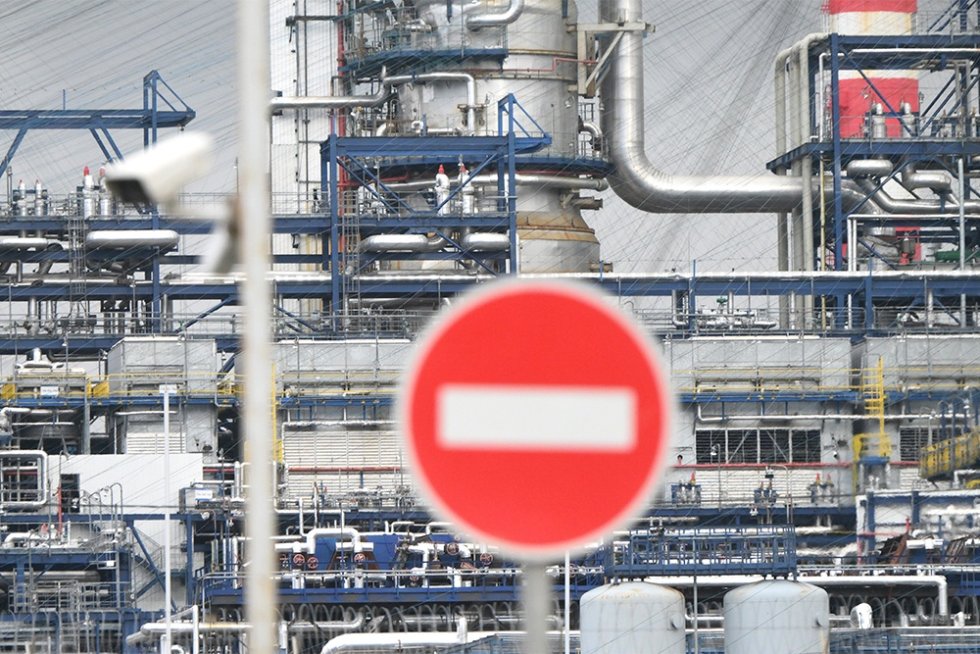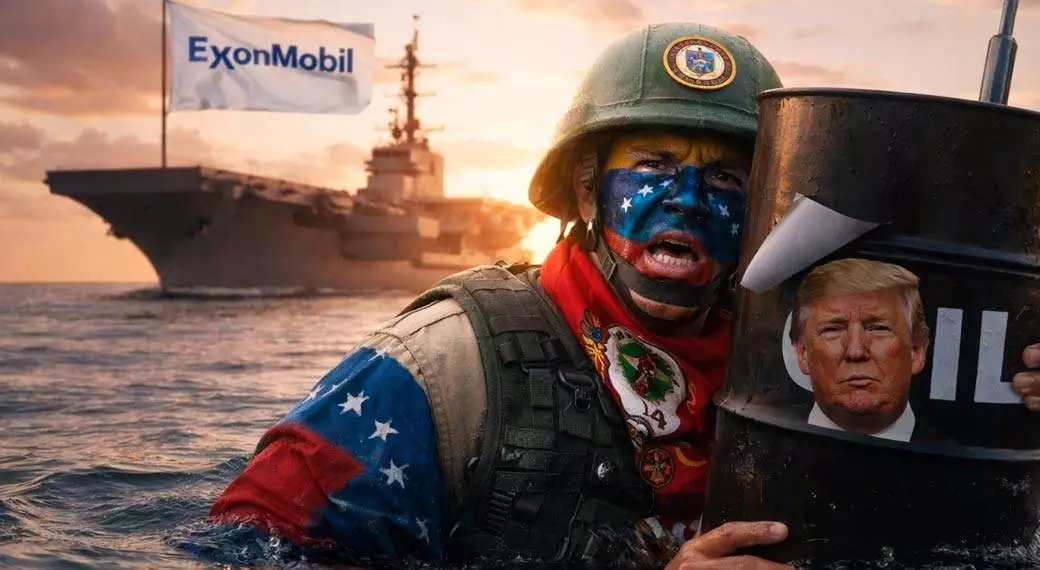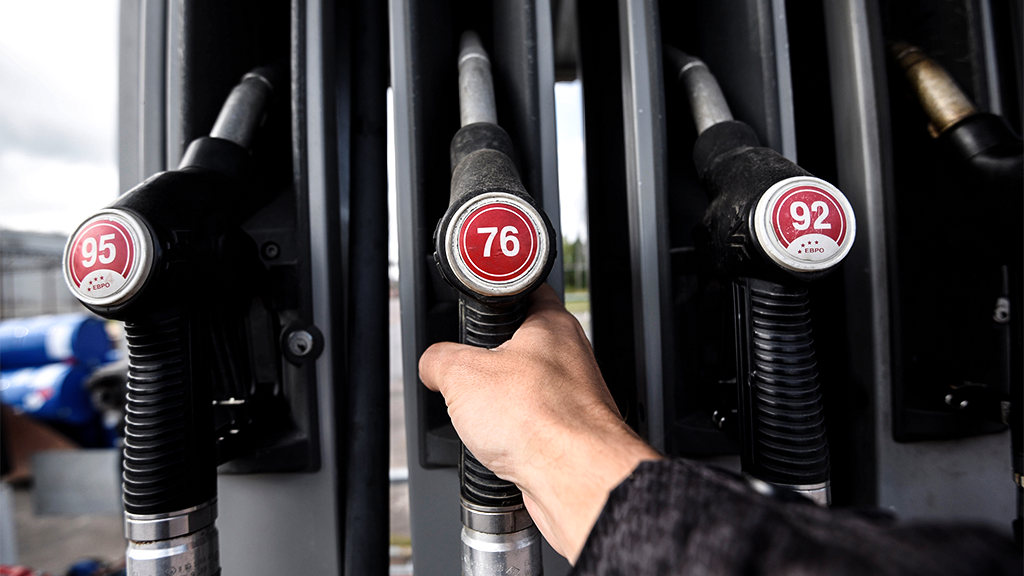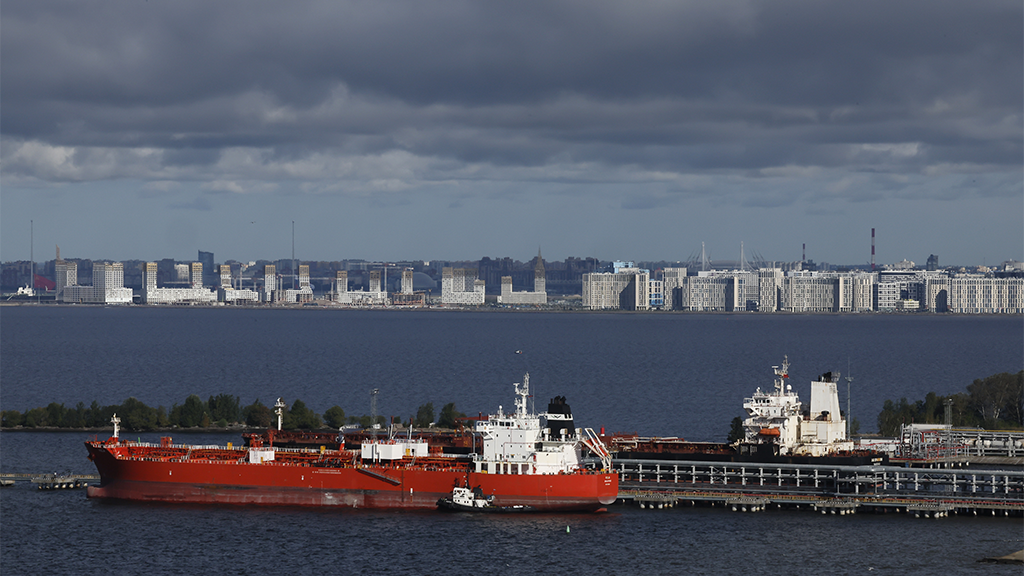By the end of August, the exchange rate of the rouble is expected to stabilise around 80 to the dollar. A strengthening below 75 is possible only if an agreement is reached to resolve the Ukrainian conflict, according to experts consulted by Izvestia. At the same time, the Moscow Exchange Index could rise to between 3200 and 3400 points. Overall, the summit in Alaska has created a favourable backdrop; however, tangible results from this meeting will only be discussed when the parties take concrete actions. Meanwhile, US President Donald Trump has already stated that he currently does not plan to impose new sanctions or tariffs against Russia and its energy resource buyers. This article from Izvestia examines expectations for the oil market and potential changes in trade between Russia and the USA in light of these developments.
Topics Discussed by Putin and Trump at the Meeting on August 15
Russian President Vladimir Putin met with his American counterpart Donald Trump on August 15 in Alaska. Among the main achievements of the summit in Anchorage was that the leaders ultimately identified a degree of progress in resolving the Ukrainian conflict. The heads of state also discussed other critical issues, including trade, sanctions, and tariffs.
Although the Alaska summit did not result in any legally binding outcomes, it demonstrated that the Russian economy has always been, and will continue to be, a part of the global economic system, highlighted Vadim Kovrigin, an associate professor at the Moscow State Institute of Economics, Management, and Law. It is unlikely that many European countries will be able to exclude it from this system, regardless of their wishes. The summit indicated that the US is prepared to continue constructively addressing issues, he added.
The positive rhetoric from the meeting creates a hopeful information climate; however, the real economic effect will likely only manifest when words are translated into actions. The value of these negotiations lies primarily in reducing geopolitical risks, which have long hindered economic development.
When Will Anti-Russian Sanctions Be Lifted?
The US administration has decided to postpone the introduction of sanctions against Russia. According to Trump, there is currently no need for this. Given both parties' desire to establish economic cooperation, including in the Arctic, as mentioned by Putin in Anchorage, this could even lead to partial lifting of restrictions.
Overall, the Russian economy is coping with the challenges posed by sanctions and significant budget expenditures, emphasized Vadim Kovrigin from the Moscow State Institute. However, lifting the restrictions would provide a considerable boost to its development. At the same time, it is unlikely that this will happen in the near future, as Donald Trump does not make unilateral decisions.
— A strong anti-Russian lobby will likely prevent him from lifting even part of the sanctions without resolving the conflict in Ukraine, so a real discussion about lifting sanctions can only begin after the conflict concludes, stated Vadim Kovrigin.
What Will Happen to Trade Between Russia and the USA in 2025?
At the press conference following the meeting, Vladimir Putin reminded attendees that trade volume with the USA increased by 20% under the new administration. Last year's trade totalled approximately $3.5 billion. Conversely, in 2014, the figure was around $40 billion, noted Alexey Tarapovskiy, founder of Anderida Financial Group.
Over the past six months, Russian exports to the USA have reached $2.5 billion, particularly in fertilizers, uranium, and platinum, observed Alexander Timofeev, associate professor at G.V. Plekhanov Russian University of Economics. Meanwhile, American exports amounted to $285 million, predominantly involving vaccines, medical devices, and reagents.
— The dynamics this year add a positive note to forecasts; however, developments will depend on further negotiations and specific outcomes. Currently, neither side wants to make drastic moves because they understand the implications. This encourages confidence that the trend will continue, believes Alexey Tarapovskiy.
The trade turnover between the two countries this year is projected to be between $3.7 billion and $4.5 billion, estimates independent expert Andrey Barkhota. By 2026, it is expected to surpass $10 billion due to actively developing trade and economic relations between Russia and the USA, he anticipates.
What Will Happen to the Oil Market?
On Friday, ahead of the Alaska summit, oil market prices closed lower. Brent fell by 1.5%, trading at $66.12 per barrel. On Monday, analysts also anticipate a restrained price reaction from the meeting between the Russian and US presidents.
In an interview with Fox News before meeting with Vladimir Putin, Donald Trump suggested that he would not impose additional import duties on buyers of Russian oil. He later backed off such measures regarding China due to the progress made during negotiations. This situation parallels the lessons from the US-China trade war: often, matters conclude with balanced interests and gradual adaptation by both parties, emphasised Mikhail Dyakonov, founder and CEO of Freight Logistics Group.
Managing partner at VMT Consult, Ekaterina Kosareva, believes that Russian oil supplies will continue, with minimal impact on the commodity's price.
— The imposition of immediate sanctions against Russia and secondary measures against other countries have been postponed. All attention will now shift to the meeting between Trump and Zelensky scheduled for Monday in Washington. It is also important to note that European leaders have not abandoned further pressure on Russia and are preparing a 19th package of sanctions. However, even if significant breakthroughs in negotiations occur, a decline in prices from current levels is to be expected. In such a case, I believe OPEC+ would intervene, since even today's prices cannot be considered comfortable, she asserted.
Sergey Tereshkin, CEO of Open Oil Market, agrees with his colleague. In his view, the risks of reduced oil exports, which escalated following the introduction of US tariffs against India, are now subsiding.
— New restrictions against Russia should not be expected, leading to a stabilisation of the Urals discount to Brent near $10 per barrel. Long-term consequences can be assessed in the coming months as the negotiation process advances, noted the expert.
Following the summit, Vladimir Putin was the first to make a statement, indicating a high degree of trust in the Russian president from the US administration and the possibility of reaching balanced decisions regarding peaceful resolution, underscores Tamara Safonova, CEO of the Independent Analytical Agency of the Oil and Gas Sector (NANs-Media).
Equally important, she suggests, is the initiative proposed by Vladimir Putin before the negotiations to extend the Treaty on the Reduction of Strategic Offensive Arms, which expires in February 2026.
— The Russian president's statement, combined with the proposal to address security issues in Ukraine and guarantee a lack of threat to European countries within a comprehensive peace agreement, entirely dismantles the myth perpetuated by Western collective countries concerning the "Russian threat," which has allowed military budgets to thrive and support the conflict in Ukraine for four years, emphasizes Tamara Safonova.
The expert believes that following the summit, “investors will respond to peace initiatives, prospects for Russian-American cooperation, the diminishing pressure of US tariffs, and an increase in demand for hydrocarbon products, which will be a positive factor for oil prices.”
What Will Happen to the Rouble Exchange Rate and the Market After the Talks?
The Central Bank has set the exchange rate for the rouble for the weekend just above 80 to the dollar. For comparison, on August 15, it was 79.76 roubles. The talks proceeded according to a neutral scenario, leading leading analyst of Freedom Finance Global Natalia Milchakova to predict that the “greenback” will trade around 78–81 over the upcoming week.
The expert did not rule out that the national currency could strengthen below 75 to the dollar, although this would only occur if an agreement were reached on the Ukrainian conflict.
Additionally, the market reacted to the meeting between the two leaders. The Moscow Exchange Index surpassed 3000 points but dropped to 2950 following the summit. This volatility is typical during periods of uncertainty, added Nadezhda Kapustina, a professor at the Department of Economic Security and Risk Management at the Financial University under the Government of the Russian Federation.
In her opinion, by the end of summer, the index could reach 3200–3400 if the positive dynamics in the negotiation process persists. The annual outlook suggests a potential rise to 3500–3800 points; however, much depends on the actual implementation of the agreements, she specified.
Nevertheless, the dynamics on August 18 will depend on what information comes to light at the beginning of trading, believes Albert Koroev, head of the equity market expert department at BCS Investment World. If no significant geopolitical announcements are made, a consolidation following the correction is possible.
Source: Izvestia




